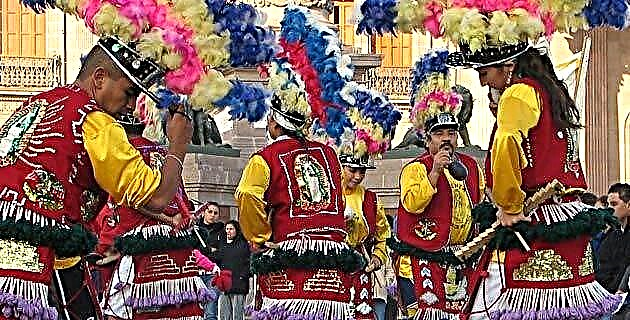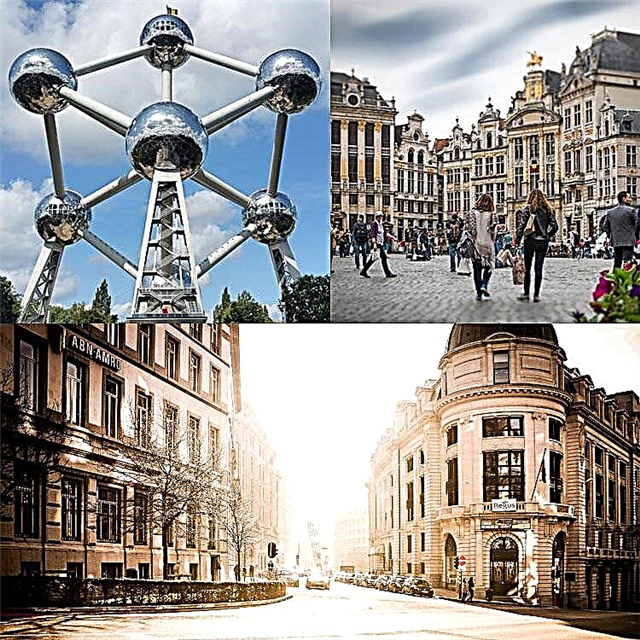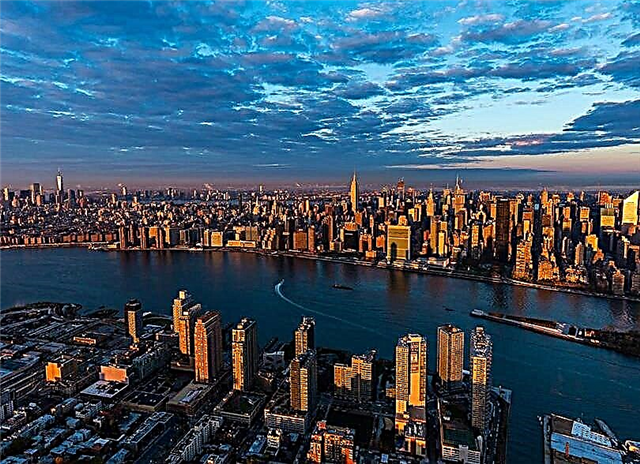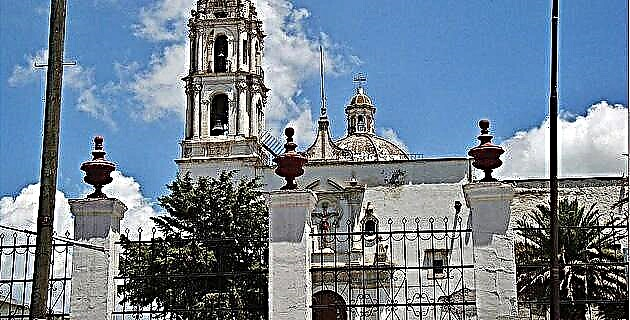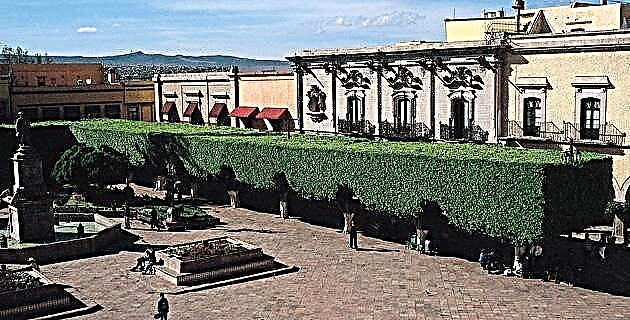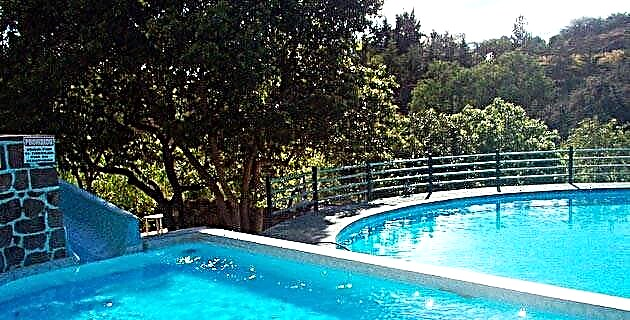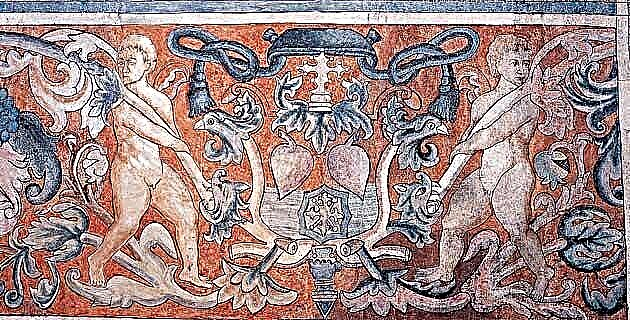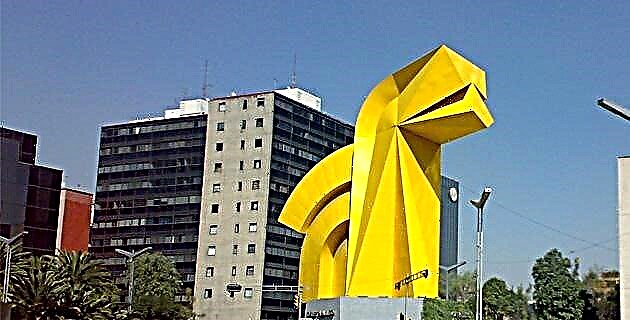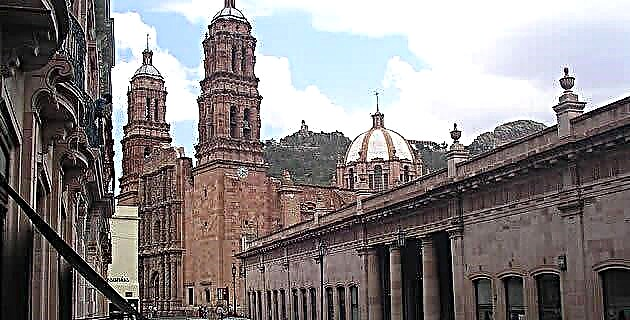
It all began that day in July 1546 when they arrived at the rooms of the conqueror Cristóbal de Oñate.
An old Tlaxcala Indian, from the host of Nuño de Guzmán, with his calzoneras made of deer baquetilla, his striped slang jacket and his "houndstooth" huaraches, and a Zacatecan Indian who only wore a leather headband of squirrel, to tame the tangles of his shaggy and long hair, and a pair of raw coyote leather gaiters that covered his legs from knees to ankles to protect them from prickly pear thorns and snake fangs , with which the other parts of his lean and muscular body were exposed, at the mercy of all the cold and all the gazes, except for a strip of the back that could not be seen, because he carried a long quiver on his shoulder full of arrows of unusual length to wield with a bow almost three yards high that he carried in his left hand, leaning on it like a crook, and in his right hand an envelope that he opened on Oñate's table, revealing before the eyes of the conquest istador some samples of sulfide or very high grade silver carbonate.
Before the spectacle, the eyes of the conqueror shone, who was to become governor of the New Galicia Kingdom and the richest and most influential of the first four notable settlers of the future city of Zacatecas, to whose site they were to be sent. without delay Captain Don Juan de Tolosa, nicknamed "Barba longa" and his beloved friend Diego de Ibarra, future husband of the daughter of the first viceroy of Mexico, in the company of a Franciscan friar named Jerónimo de Mendoza, also notable for his apostolic fervor and for being the viceroy's brother.
The stones of the naked Indian proved, when "rehearsed", according to contemporary chronicles, to be "half stone and half silver", something that could be thrown at any miner, in those years and even today, in the most risky adventures, and, indeed, Barba longa, Ibarra and Fray Jerónimo prepared to go north and travel the three hundred kilometers, poorly counted, that separate Guadalajara from Nochistlán with what would later be the city of Zacatecas.
They arrived at the foot of the Buía hill, in the middle of the mountains covered with pines, oaks and oaks that, according to the walker Bishop De la Mota y Escobar, was watered by frequent trickles of water that came to swell the stream at the bottom from the ravine (now called Arroyo de la Plata) and there they camped with the naked Indian, his companion and a small number of soldiers and friendly Indians to begin the exploration that would yield almost as much money in four centuries as that of the paradigmatic « cerro colorado »of Potosí, Bolivia.
The settlement was not, nor could it be, a village, a place and not even a "real" or camp because the mines found and those that were to appear very soon were located in a distance of about twelve kilometers, from what is now the town of Pánuco to Cerro del Padre.
Interest grew like wildfire, and at the end of 1547 Ibarra laid the first stone of a fortification to defend himself against the Indians who, although at first they had received them peacefully, soon after they had begun to harass them, shouting threateningly at them throughout the night.
While Tolosa continued north in search of veins of silver, but also of the mythical kingdoms of the Amazons, the seven cities of Cíbola, El Dorado or the fountain of eternal youth, the area was rapidly populated by a a host of adventurers eager for silver veins and adventure.
A short time later, in 1583, the conqueror Baltazar Temiño de Bañuelos, already old and always resident in the region, asked King Felipe II to grant that handful of houses, attached to so many mines, the title of city, because already there were elements that justified it.
Indeed, that long and sinuous kettle, from which from the earliest days had begun to boil from intense work, and bubbles of smoke emitted by the "Castilian ovens" next to each of the small and incipient industrial facilities, that at the same time they began to produce so many other cases of "tonsuring tub" around them, because the hearths of the furnaces were great mouths always hungry, where the trunks of the trees were turned into ashes; thus, by 1602, the year in which Bishop De la Mota visited the city, the prelate tells us that there were only a few thin insoles left where a few years before there had been lush trees.
The city, which still did not have such a title, since it was only called "the mines of the Zacatecas or the mines of Our Lady of the Remedies of the Zacatecas," had gathered around its parish, a small adobe church with only one This ship advocated, at the end of the century, by the conqueror Temiño de Bañuelos for the Cabildo to go to repair the poor belfry with which Father Melo, since before 1550, congregated the friars to hear his mass or attend the funerals of those who were killed by the Chichimecas, Zacatecas, Guachichiles, Tepeguanes and many others, when they were shot in ambushes that the Indians tended them in the roughest byways of the Silver Road, just opened up to the Imperial City of Mexico by the bachelor Estrada. This road was opened for the transit of packets and later conditioned by Blessed Sebastián de Aparicio for mule carts and ox carts that carried the silver "conducts" to the viceregal coffers, together with a scarce traffic of people that became numerous. and active at the return of each train of cars that came full of future miners, merchants, artisans and other people who came to form an otherwise heterogeneous society. From this nascent city, according to the census taken by the worthy Royal Visitor Hernán Martínez de la Marcha, judge in Compostela and Guadalajara, to whom the first ordinances were due to regulate transactions between miners, had already arisen, or were about to emerge , America's top four millionaires. And it would also be attended by Angolan blacks, slave Indians, and the coveted, indispensable, "Naborios" Indians, who came for a salary or to obtain their share of the heap of rich mineral weekly.
The motley and rich group consisted only of single men or married couples who had left their wives in Spain or in the capital, and curiously, we can note with de la Marcha, that in that handful that quickly became a crowd, there were no more that a woman with her husband, from which we can suppose that there were many who, despite the dangers of the roads, came to Zacatecas to practice the oldest profession in the world.
The city developed with ups and downs during the seventeenth century, and during the eighteenth century La Parroquia and the magnificent temples it now boasts were built, its social climate greatly improved, and when the end of the century came and the splendid nineteenth century was born, the city it took on the appearance that we now know, with the exception of many houses that changed their facades throughout the century. The theater, the González Ortega market and many other things were built. In the 20th century, until the Revolution, its economic activity and the progress of its areas of social benefit were on the rise. Then it fell into a lethargy that turned it into a small town and it was until 1964, when José Rodríguez Elías was governor, that its rebirth began, until today when UNESCO has recognized its values and has decorated it with the title Cultural Heritage of Humanity, leaving in the hands of the Zacatecans the enormous commitment to preserve it intact and would make it known as widely as possible.

